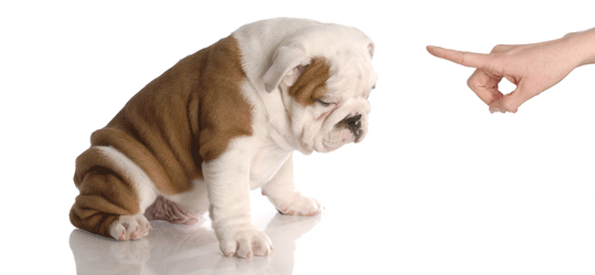Puppy Training Methodology
Puppy Training Methodology
Choosing a trainer for your puppy can be a daunting task, the dog training business has exploded and fragmented into a very large industry in the last 10 years. Options for puppy training are very diverse and you will find many available to you. When it comes time to choosing a trainer suitable for your puppy training it all starts with understanding puppy training methodology.
Introduction
Puppy training is basic to a certain extent, you just want to get your dog to understand “do” and “don’t”commands or behaviors. These include sit, stay, come, wait, etc. on the “do” side of things. The “don’t” side would be made up of don’t jump up, don’t bark, don’t run off, and don’t scratch. That being said there seems to be a ton of “experts” out there publishing books, posting videos, and offering expensive classes on how to train your dog in the basics.
All training believe it or not boils down to three different methodologies:
- Lure Training — With this method the trainer would use some sort of a lure to manipulate the dog into the desired position or behavior. Typically a trainer would use a treat or some sort of food to entice the dog into doing what the trainer wants. Once the puppy has done what the trainer wants they will be rewarded with the said treat
- Compulsion Training — Puppy training with this method would entail the trainer manipulating the puppy with the use of physical touch / placement or the use of dog training equipment. You see this method used most commonly when teaching a dog to sit by applying pressure to their hind quarters or using a halter to adjust their position. Just like any other method the puppy will be rewarded with either verbal praise or a treat reward.
- Marker Training —Using a “marker” occurs when a trainer uses a verbal cue, word, or what is commonly known as a clicker. While training a puppy to do something a trainer will use the marker at the exact moment the dog has done the correct thing. This is a method that many people use at home to train there dogs to do the basic sit, stay, etc.
When training your puppy to use their new dog potty box it is best to use a combination of the methods listed above. Be sure to take your puppy to their potty box first thing in the morning when they have the most urgency to pee. Use your verbal cue to command them to pee, and once they do be sure to verbally praise them and give them a tasty treat.
















Leave a Reply